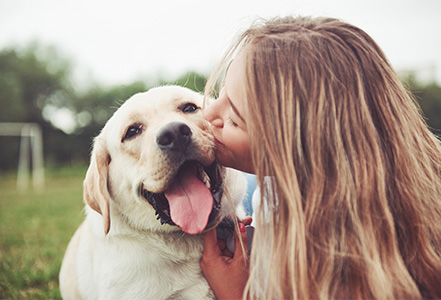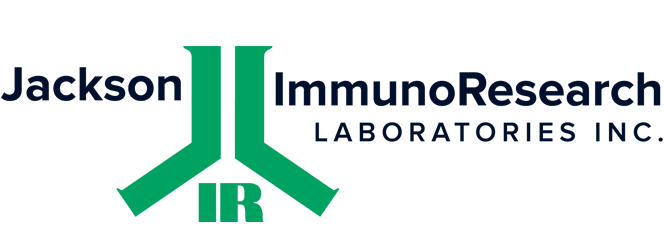
As we live our lives in close contact with companion animals, testing for infections that can pass between us and our pets has become more important.

Introduction
Disease and surveillance are still very present in the consciousness of many people. As we navigate the impact of one pandemic, we are more aware of the potential for the next. In looking for the next potential host species, pet owners have drawn their attention to the diseases inflicting their own pets. Infections may be limited to one species or passed between animals and humans (zoonotic). These may be parasitic, bacterial, or viral and may be spread directly or via intermediate vectors, such as insects. Initial or intermediate hosts may appear asymptomatic, whereas after transmission to the final host species, may present with severe disease far beyond that seen in previous species. Cross-species infections may pass in one direction or cross backward and forwards between species, eventually infecting a human host.
Implications for food and animal product production
Cross-species and zoonotic infections have both economic and public health implications. Transmission of disease from wild animals to livestock jeopardizes food security. It can significantly impact exporting countries’ economies, as seen after the 2009 outbreak of Swine flu. The specter of Avian flu since the early noughties continues to impact consumer confidence and highlights the fragility of supply chains. More serious are the social health implications from familiar infectious agents such as Tuberculosis or Rabies, and those from emerging novel infections as seen with the global pandemic caused by Covid 19.
Companion animals
People will continue to live in ways that promote the transmission of disease from companion animals and livestock to their human carers. Surveillance will become a key aspect of containing and preventing future zoonotic infections. Horse owners can now test saliva to identify and quantify the parasitic burden from tapeworm to direct pharmaceutical prophylaxis and treatment. Soon, households testing their human occupants for infectious disease will adopt the practice of including samples from their quadrupedal house members too.
Testing, surveillance and border control
Screening for antibodies against a pathogenic antigen using Lateral Flow ImmunoAssays (LFIAs) can often be performed using a sample of saliva or blood from a pinprick to either capture antigen or antibodies. Non-invasive and easy to perform tests, with minimal impact on the animal, allow surveillance to be conducted at borders between states or countries. Pet or animal passports recording vaccination and testing status are becoming common practice as they allow people and their animals to continue to move freely even in times of biological threat.
Jackson ImmunoResearch produces a wide range of antibodies with species against common companion and livestock species conjugated to reporter molecules including 40nm Gold and Horseradish Peroxidase (HRP).
References:
Patterson, E.I., Elia, G., Grassi, A. et al. Evidence of exposure to SARS-CoV-2 in cats and dogs from households in Italy. Nat Commun 11, 6231 (2020). https://doi.org/10.1038/s41467-020-20097-0
Kiros, M., Andualem, H., Kiros, T. et al. COVID-19 pandemic: current knowledge about the role of pets and other animals in disease transmission. Virol J 17, 143 (2020). https://doi.org/10.1186/s12985-020-01416-9
Bosco-Lauth, A., Hartwig, A., Porter, S., Gordy, P., Nehring, M., Byas, A., VandeWoude, S., Ragan, I., Maison, R. and Bowen, R., 2020. Experimental infection of domestic dogs and cats with SARS-CoV-2: Pathogenesis, transmission, and response to reexposure in cats. Proceedings of the National Academy of Sciences, 117(42), pp.26382-26388.
https://www.gov.uk/government/publications/list-of-zoonotic-diseases/list-of-zoonotic-diseases
http://www.fao.org/avianflu/documents/Economic-and-social-impacts-of-avian-influenza-Geneva.pdf
| Learn more: | Do more: |
|---|---|
| Colorimetric western blotting | Spectra Viewer |
| Chemiluminescence western blotting | Antibodies for signal enhancement |
| Fluorescent western blotting | |


